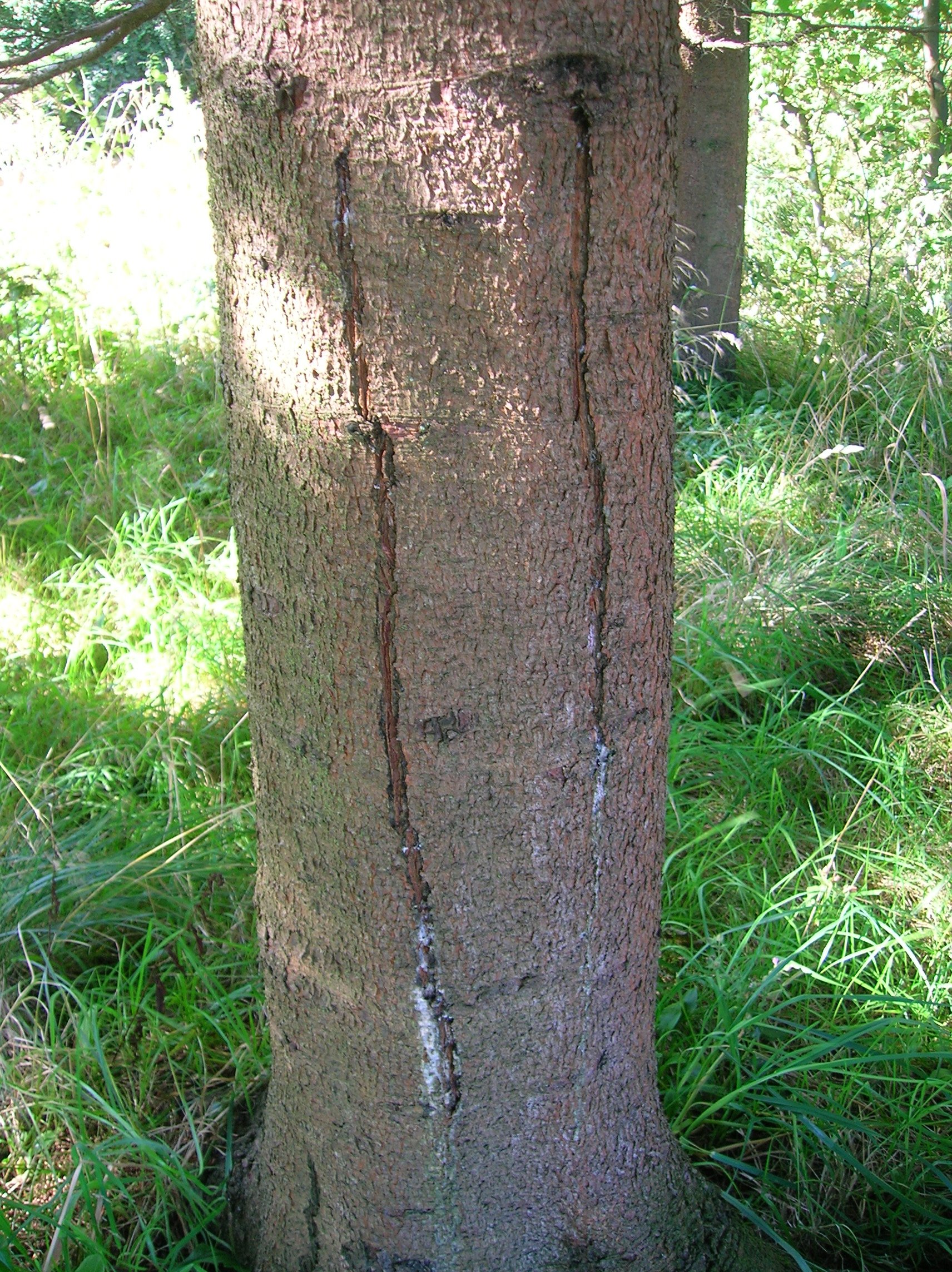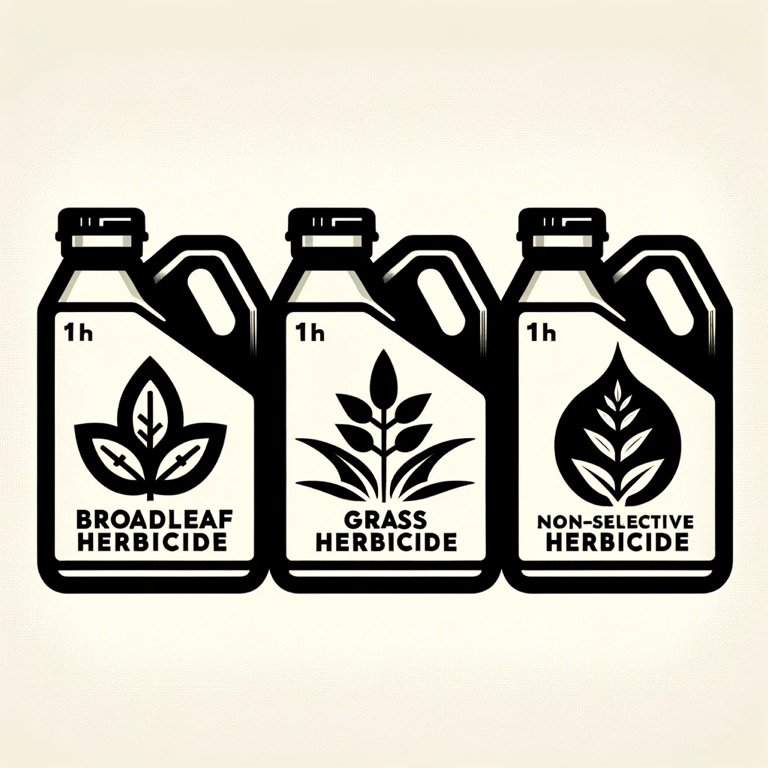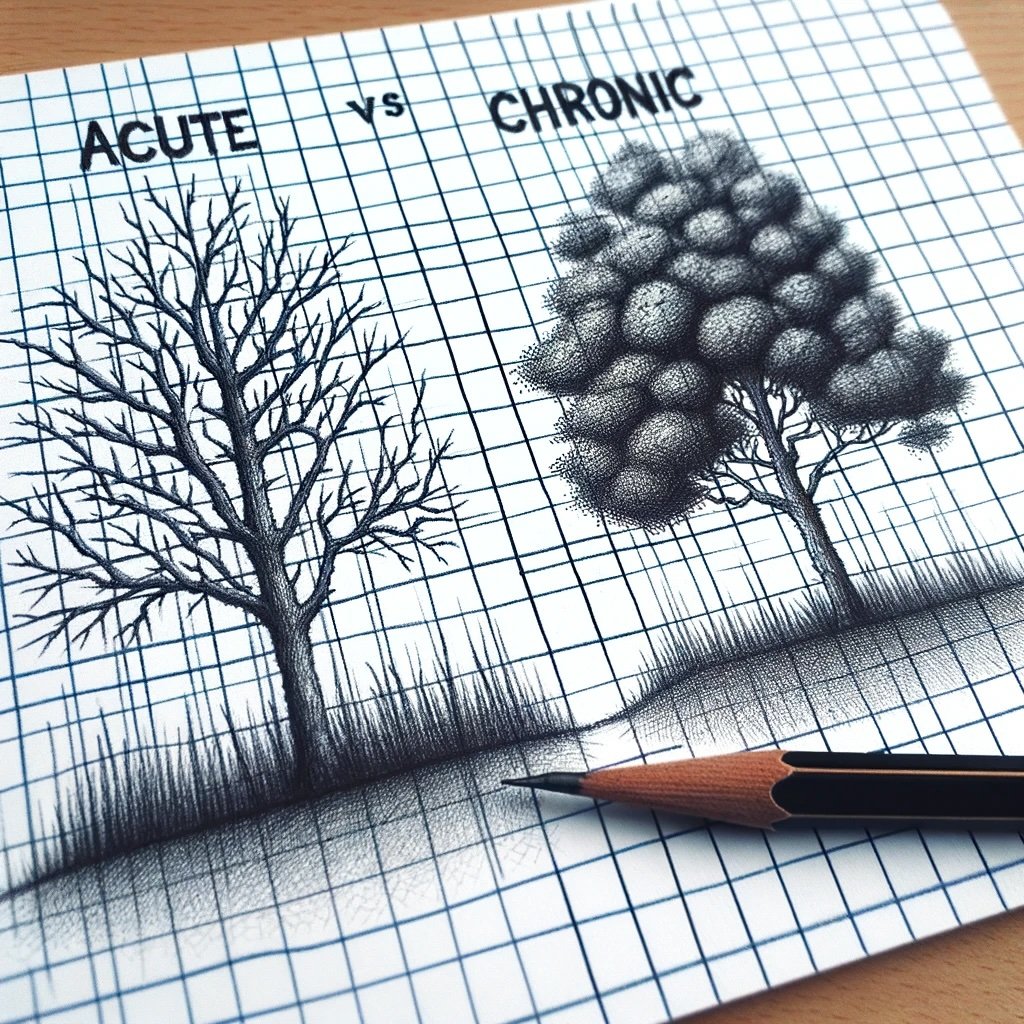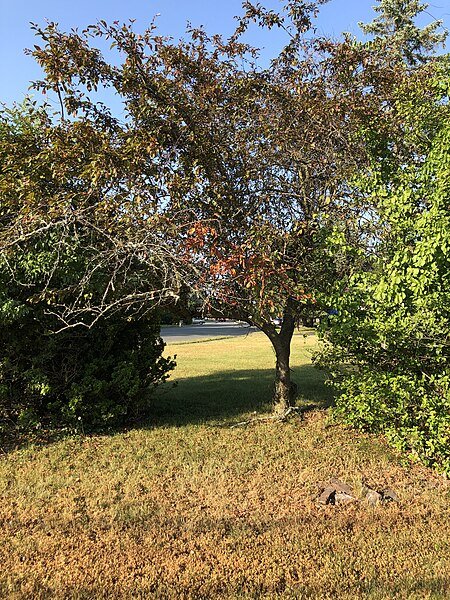
Combating Acute Pollution Damage in Trees: Focused Mitigation Strategies
Trees enhance urban and rural landscapes and offer significant ecological benefits. Amidst the increasing environmental challenges, safeguarding tree health has become imperative. This guide narrows down on mitigation strategies to manage acute pollution damage in trees, highlighting targeted actions for preservation and recovery.

Decision Making in Arboriculture: Utilizing Soil and Foliar Analysis for Optimal Plant Health
Addressing abiotic disorders in plants involves understanding the complex interplay between environmental stressors and plant health. Abiotic disorders are caused by non-living ecological factors that can adversely affect plant growth, development, and productivity. These stressors include extremes in water availability, temperature fluctuations, soil compaction, salinity, chemical toxicity, and mechanical injuries.

Beyond the Storm: Understanding the Secondary Consequences of Weather-Induced Plant Stress
Weather-related plant injuries can often be precursors to secondary disorders that may further impact plant health and stability. These injuries arise from various climatic factors, including extreme temperatures (both hot and cold), wind, hail, frost, and excessive moisture or drought. Understanding the mechanisms of these injuries and their implications on plant health is crucial for effective management and mitigation strategies.

Weather Woes: How Weather-Related Injuries Lead to Secondary Plant Disorders
Understanding the cascading effects of weather-related injuries on plants is pivotal. These primary injuries, induced by environmental factors like extreme temperatures, wind, hail, and variations in precipitation, not only affect a plant's immediate health and vitality but also set the stage for an array of secondary disorders.

Understanding Frost Cracks in Trees
Frost cracks, radial shakes, or winter splits are common abiotic disorders affecting trees. These vertical fissures in the trunks of trees can be a significant concern for arborists, landscapers, and tree enthusiasts.

The Potential Impacts of Lightning on Unprotected Trees
Lightning, a powerful natural phenomenon, can have devastating effects on trees. When a tree is struck by lightning, the outcomes can range from minimal damage to destruction, depending on various factors such as the tree's species, moisture content, and overall health.

Physiological Response of Trees to Temperature Extremes
Like other living organisms, trees are greatly influenced by the conditions of their surroundings, particularly temperature. Extreme temperatures, whether hot or cold, can significantly impact trees' health, growth, and overall functioning, ultimately affecting their survival.

Nature's Forces at Play: How Wind and Light Affect Plants
In arboriculture and plant science, understanding the distinct effects of environmental factors like wind and light on plant growth is crucial. This post will focus on differentiating the symptoms and responses of plants to wind (anemotropism) and light (phototropism).

Herbicide Types and Plant Responses: A Closer Look
Chemical and pollution injuries to plants can significantly impact plant health and are crucial to abiotic disorders. These injuries are often the result of herbicides and pollutants, which can vary in their specificity and mode of action. Understanding the different types of herbicides and their effects on plant groups is essential for accurate diagnosis and management.

Navigating the Effects of Pollution on Tree Health
Trees, vital to our ecosystems, face numerous challenges, with pollution a significant threat. This blog post delves into the various forms of pollution impacting tree health, highlighting unique symptoms and mitigation strategies supported by academic research.

Understanding Chemical and Pollution Injury in Plants: Chronic vs. Acute Injury
When evaluating the health of plants, particularly in the context of chemical and pollution injuries, it's crucial to distinguish between chronic and acute injuries. These terms refer to the duration and intensity of exposure to harmful substances, which can significantly impact the signs and symptoms observed in affected plants.

Understanding Herbicide Injury in Plants: Differentiating from Other Abiotic Disorders
Abiotic disorders in plants encompass a range of non-living factors that can negatively impact plant health, including water, temperature, and chemical stresses. Among these, herbicide injury is a significant concern, as it arises explicitly from exposure to chemicals used for weed control. Recognizing and differentiating herbicide injury from other abiotic disorders is crucial for effective plant management and care.

Common Nutrient Deficiencies & Toxicities and Their Symptoms in Trees
In my preparation for the BCMA exam, I've deepened my focus on the crucial aspect of nutrient management in trees. Though I had a foundational understanding, honing in on nutrient deficiencies and toxicities has significantly expanded my understanding. Trees require a balanced nutrient profile for optimal physiological function, and imbalances can manifest through various symptoms. It goes beyond mere problem identification; it's about understanding the nutritional needs for the biological health of trees.

Understanding Nutrient Mobility and its Impact on Plant Symptomatology
When discussing nutrient deficiencies and toxicities in plants, it's crucial to understand how nutrient mobility within the plant can influence the presentation of symptoms. Nutrient mobility refers to the ability of nutrients to move within the plant tissues. This mobility significantly affects where deficiency or toxicity symptoms appear on the plant.

Essential Nutrients with Potential Toxicity in Plant Health
Like any living organism, plants require various nutrients for their growth and development. However, when these nutrients are in excess, they can become toxic, adversely affecting plant health. Nutrient toxicity in plants can manifest in multiple ways, including stunted growth, leaf chlorosis, tissue necrosis, and increased susceptibility to diseases.

Soil Characteristics and Plant Nutrient Availability
Understanding the relationship between soil attributes and nutrient dynamics is vital in arboriculture. Soil type and pH influence nutrient availability, often leading to abiotic disorders manifested through nutrient deficiencies or toxicities.

Assessing Soil and Site Influences on Plant Performance
Understanding the impact of soil and site conditions on plant health is crucial for effective arboriculture. Different biotic and abiotic environmental factors profoundly influence plant growth, health, and productivity.

Understanding and Comparing the Effects of Salt in Soil and Salt Spray in the Air on Tree Health
The adverse effects of salt on tree health can be effectively mitigated by selecting suitable species, thoughtfully designing landscapes, and proactively managing soil and plant health.

Assessing Soil and Site Influences: Chronic vs. Acute Water Deficiency
Understanding the impact of water deficiency on plants is crucial for arborists. Chronic and acute water shortages can significantly affect plant health, but their symptoms and long-term effects differ.

Assessing Soil and Site Influences: Water Deficiency
Understanding the role of soil and site conditions is crucial in diagnosing plant water deficiency. Here, we explore the key factors contributing to water stress symptoms, combining visual inspection, understanding soil and site conditions, and analyzing plant behavior.
